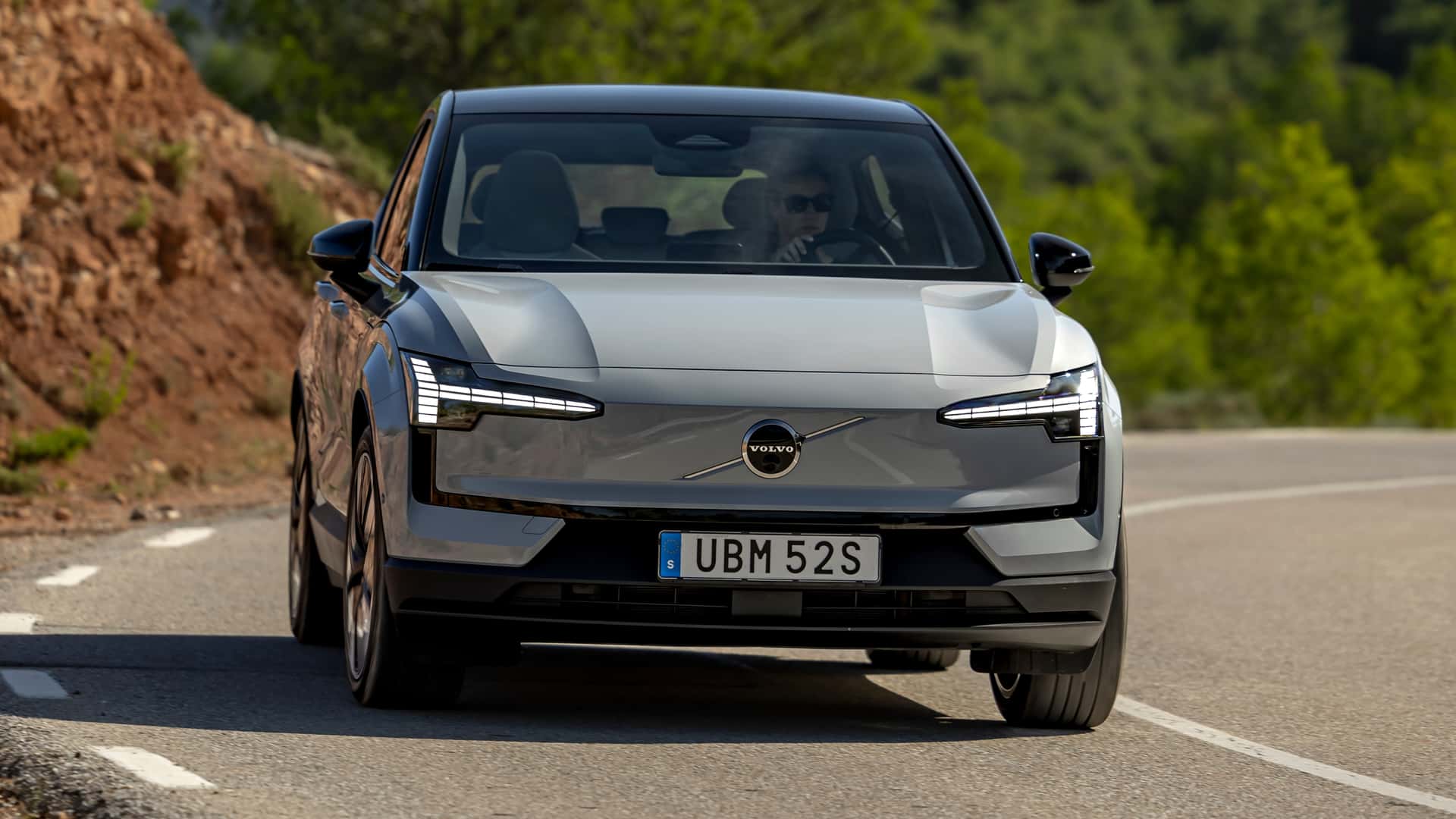Data from thousands of EVs shows the average daily driving distance is a small percentage of the EPA range of most EVs.
For years, range anxiety has been a major barrier to wider EV adoption in the U.S. It’s a common fear: imagine being in the middle of nowhere, with 5% juice remaining in your battery, and nowhere to charge. A nightmare nobody ever wants to experience, right? But a new study proves that in the real world, that’s a highly improbable scenario.
After analyzing information from 18,000 EVs across all 50 U.S. states, battery health and data start-up Recurrent found something we sort of knew but took for granted. The average distance Americans cover daily constitutes only a small percentage of what EVs are capable of covering thanks to modern-day battery and powertrain systems.
The study revealed that depending on the state, the average daily driving distance for EVs was between 20 and 45 miles, consuming only 8 to 16% of a battery’s EPA-rated range. Most EVs on sale today in the U.S. offer around 250 miles of range, and many models are capable of covering over 300 miles.



deleted by creator
Consumer reports states:
That’s it. There are other categories for electrical problems. Ex:
The Consumer Reports Survey is very clear. “EV Battery” problems mean exactly the battery. There’s other categories for other cases.
The whole table didn’t fit inside of my screenshot. (I can only screencap what is on my screen…). The “In Car Electronics” also have a 3% failure rate, but are at the bottom of the chart. But between that and EV Battery, they are the #1 failure points of a modern car.
deleted by creator
He’s been posting like this in multiple threads with one or two others. The way he’s pushing hybrids and talking up Prius makes it seems like a Toyota shill.